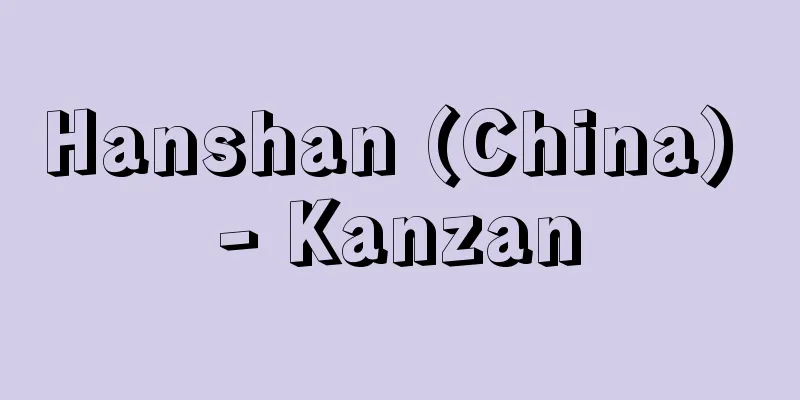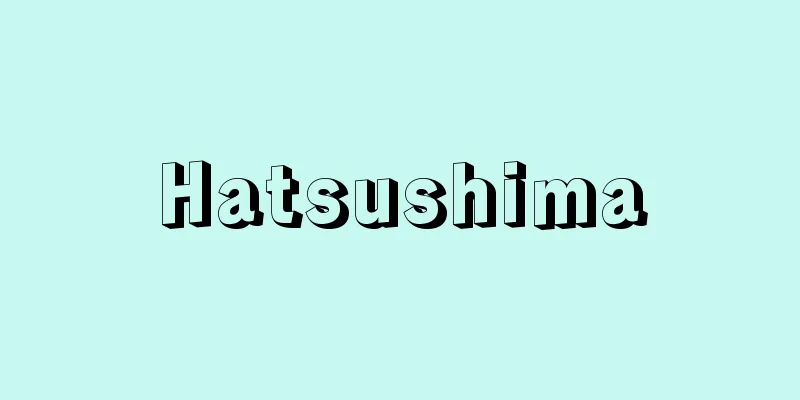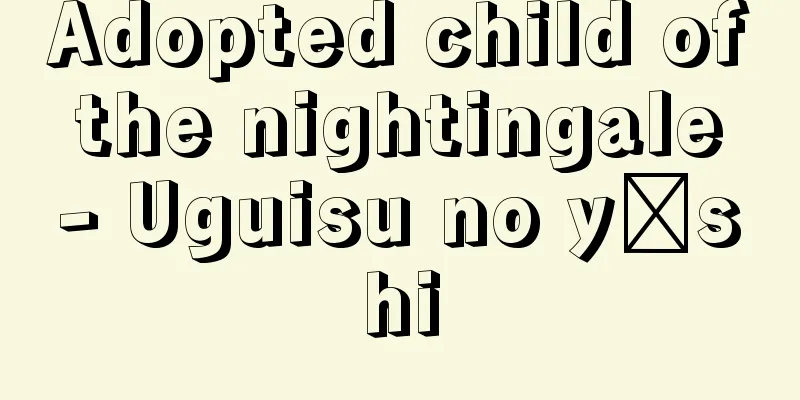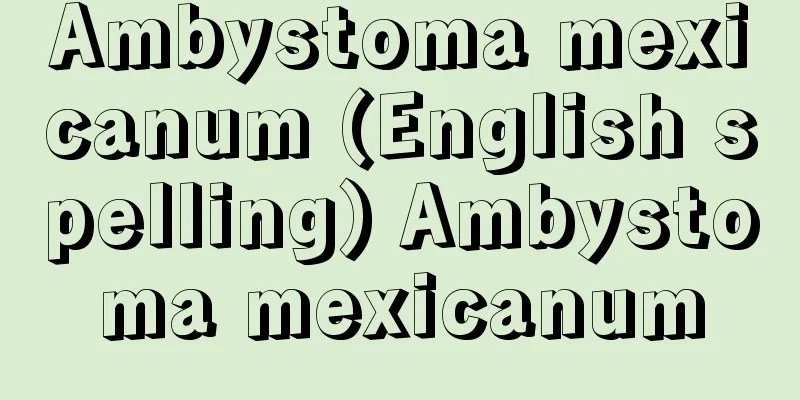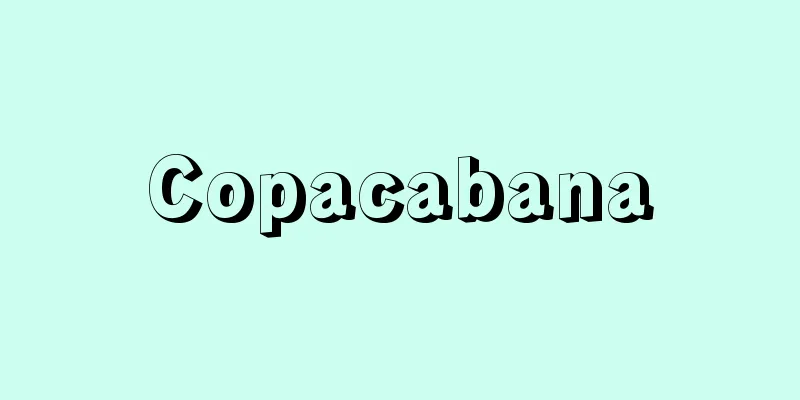Korean clothes

|
Korean national clothing. In Korea, it is called hambok. The original form of the ancient clothing of the Korean people has yet to be clarified, but it is assumed to have been a northern style of clothing, which fits with geographical and ethnic factors. It is said that the dog skin gi (dog skin gi) handed down in Jeju Island is a remnant of this. The old chogori (top) was a longer version of this, and underneath it were worn trouser-like hakama (pants), a northern style lower garment. The materials used were mainly hemp and kudzu cloth. It is thought that such two-piece clothing was the ancient Korean clothing. It is interesting that it has the same structure as the loincloths found on ancient Japanese clay figurines, but the details of the exchanges have not yet been determined. After the Silla period, clothing was also strongly influenced by negotiations with China and Mongolia. In other words, the successive dynasties of the peninsula had to adopt a system of clothing modeled on the clothing systems of their respective suzerains, such as the Tang, Yuan, Ming, and Qing dynasties. However, this shifted and changed among the upper classes, such as kings, nobles, and bureaucrats, while the clothing of ordinary people has changed somewhat, but the traditional basic style has been handed down to the present day. Today, many people wear Western clothing in cities, but many people wear Korean clothing on holidays and festival days, and it is also popular among elderly people in rural areas, and the situation during this time is similar to that of Japanese kimonos. The standard ones worn today are: Men wear a baji (also called a paji) and a jeogori (undergarment). The jeogori is a short top with long, round sleeves that is worn over the right collar and has a long, wide string tied around the chest. The baji are loose-fitting trousers similar to monpe, tucked up to the top of the waist and tied with a sash, and tied around the ankles with a string. For undergarments, they wear a juban (undergarment) called a seokchoksam (inner red robe) and a single layer of seokkot (inner hakama). Over these, for protection against the cold and for ceremonial purposes, they wear a tulmaggi (circumferential garment) that is the same style as the jeogori and reaches below the knee, or a makocha (mapocha) that is the same style as the jeogori but does not overlap deeply in front. Women wear chima (skirt) and chogori (called chima-chogori). Women's chogori is short, reaching just below the chest. Chima is a loose, long skirt that is finely pleated at the top and tied at the chest with the tied strings hanging down. There are potchima, which is worn overlapping at the back, and thongchima, which is tubular and short. Under this, sokchima (inner skirt), tansokkot (single-layered undergarment), norungsokkot (wide hakama), or sokkot are worn. In addition, there is the becha (back skirt), which is sleeveless and lined with fur or other materials, worn to keep warm and for fashion. Women's tulmaggi and makocha are for keeping warm. These garments were originally made from cotton, linen, or silk, but today synthetic fabrics are often used. On their feet, both men and women wear toeless tabi socks called bosongs (socks), straw or hemp sandals called chipsin (straw sandals) or mituri (hemp sandals), and various types of kajukshin (leather shoes). All of these have a boat-shaped sole. There are also namakshin (wooden shoes) that can be worn in all weather. In recent years, new shoes made of chemicals called khomsin have become popular. An old type of crown for men is the horsehair woven hat (amegasa kat). Traditionally, women tie their hair in a bun and fasten it with a hairpin. In the past, men also wore topknots, but these are no longer common. The colors of Korean clothing are distinctive. Since the ancient times of the Three Kingdoms, the Koreans have favored and regularly used the color white, and were called the "white-robed people." It is speculated that this is related to the primitive religion of sun worship, and that white is a symbol of sunlight, and that it originated from ancient plain cloth clothing, and that the poverty of the people is also cited as a factor in its longevity, but there is no consensus. Women and children wear bright primary colors such as blue, green, yellow, and red, but they are characterized by a lack of so-called patterns. In recent years, Western influences in colors and patterns have been seen in Korea, and many people are now wearing distinctive dance costumes and ceremonial attire. [Tanaka Toshiko] ``History of Korean Clothing'' by Seok Cho-seon (1972, Bao Jinjai)' ' ▽ ``History of Korean Clothing Culture'' by Yoo Hee-gyeong and Park Kyung-ja (1983, Genryusha) ▽ ``Illustrated catalog of Korean clothing of the Joseon Dynasty'' by Kim Young-suk and Son Keiko (1984, Imcheon Shoten)'' Source: Shogakukan Encyclopedia Nipponica About Encyclopedia Nipponica Information | Legend |
|
朝鮮の民族服。韓国では韓服hambokとよばれる。朝鮮民族の古代服の原型は、いまだ明らかにされていないが、北方型の衣服であったと推察されており、地理的、民族的要因とも合致する。済州島(さいしゅうとう)に伝わる、犬皮周衣(ケカジュクツウルマギ)は、その名残(なごり)であろうといわれる。これを長くしたのが昔のチョゴリ(上衣)で、その下には、北方系下半身衣であるズボン型のバチ(袴(はかま))を用いた。材料はおもに麻や葛(くず)布が用いられた。このような上下二部式衣が朝鮮の古くからの服装であったと考えられる。 日本古代の埴輪(はにわ)にみられる衣褌(きぬはかま)と同様の構成をもち興味深いが、その交流の究明はまだ定まっていない。新羅(しらぎ)期以降は、中国や蒙古(もうこ)との交渉によって、服装にも強い影響を受けることとなる。すなわち、半島歴代の王朝は、その時々の宗主国、唐、元、明(みん)、清(しん)などの服制に倣った制度を採用しなければならなかった。しかしこれは、王、貴族、官僚など上層階級において推移、変遷したのであり、一般庶民の服装は、多少の変遷があったものの伝統的な基本形式が伝承されて今日に至っている。今日、都市では洋服姿が多いが、休祭日や祭礼行事の日には朝鮮服を着用する人も多く、地方の老人などにも愛用されており、この間の事情は日本の着物と同様である。 今日着用されている標準的なものは次のとおりである。 男性はバチ(パジともいう)とチョゴリ(襦)を着る。チョゴリは筒袖(つつそで)の短い上衣で、右衽(みぎまえ)にあわせ胸元につけた、幅広の長い紐(ひも)を結び下げる。バチはもんぺ風のゆったりしたズボンで、腰の上部にたくし上げて帯で結び、足首をタニム(紐)で結ぶ。下着としてソクチョクサム(内赤衫)という襦袢(じゅばん)と単衣(ひとえ)のソクコッ(内袴)をはく。これらの上に防寒や儀礼用として、チョゴリと同形で膝下(ひざした)丈のツゥルマギ(周衣)や、チョゴリと同形だが、前で深く重ならないマコチャ(麻古子)を着る。 女性はチマ(裳(も))とチョゴリを着る(チマ・チョゴリとよばれる)。女性のチョゴリは短く、胸下までである。チマはゆったりした丈長のスカートで、上部で細かくひだを寄せ胸で結び、結んだ紐を長く垂れ下げる。後ろで重ね合わせて着用するポッチマと、筒状で丈の短いトングチマとがある。この下にソクチマ(内裳)、またはタンソクコッ(単襯衣)やノルンソコッ(広袴)、ソクコッなどを下着としてはく。このほかに防寒、おしゃれ用として着る袖なしで裏に毛皮などを張ったベチャ(背子)がある。女性のツゥルマギ、マコチャは防寒用である。これらの衣類には木綿、麻、絹織物が使われていたが、今日では化合繊織物も多く使われるようになっている。 足には男女ともに指なし足袋(たび)のボソン(襪(したぐつ))を履き、藁(わら)や麻製のチプシン(草鞋(わらぐつ))やミテゥリ(麻履)、各種のカジュクシン(革鞋(かわぐつ))を履く。どちらも舟底形。晴雨兼用の木靴ナマクシン(木鞋(きぐつ))もある。近年では化学製品の新しい靴コムシンが多く履かれている。男性の古い冠に、馬毛の編笠(あみがさ)カッ(笠子(りゅうし))がある。伝統的には女性は髪を結い束ねて、かんざしで留める。昔は男性も髷(まげ)を結ったが、現在では皆無である。 朝鮮服の色彩には特色がある。三韓の昔から白を好んで常用し、白衣民族などと称された。これは太陽崇拝の原始宗教と関係があり、日光の象徴である白を貴んだからであろうと推察されたり、古代の素布の衣服に端を発し、長く存続させた要因として民衆の貧困もあげられたりしているが、定説はない。女性や子供には青、緑、黄、紅など、原色のはでな色彩も用いられるが、いわゆる模様は少ないのが特徴である。 近年、韓国では、色や柄に洋風の影響もみられるようである。特徴のある舞踊衣装や祭官服も多く着られている。 [田中俊子] 『石宙善著『韓国服飾史』(1972・宝晋斉)』▽『柳喜卿・朴京子著『韓国服飾文化史』(1983・源流社)』▽『金英淑・孫敬子著『朝鮮王朝韓国服飾図録』(1984・臨川書店)』 出典 小学館 日本大百科全書(ニッポニカ)日本大百科全書(ニッポニカ)について 情報 | 凡例 |
Recommend
Albergo dei nobili (English: albergo dei nobili)
…the Genoese albergo was a family association of ...
Cebus albifrons (English spelling)
… [Kuroda Suehisa]. . . *Some of the terminology ...
Reliability - Shinraisei (English spelling) reliability
In test theory, reliability is the proportion of t...
Kurahashi Island
An island located in the southwest of Hiroshima P...
Pirate ship
〘 noun 〙① A ship used by pirates①. ※Shakespeare (1...
Cotton padding - Wataire
It is a garment with cotton between the outer and...
Gas Business Law
This law was enacted in 1954 to regulate the gas ...
Kobus defassa (English spelling) Kobusdefassa
…[Yoshiharu Imaizumi]. … *Some of the terminology...
Tofukumon-in
Year of death: June 15, 1678 (August 2, 1678) Year...
Takuma Eiga
He was a Buddhist sculptor of the Takuma school in...
Basel Art Museum - Basel Museum (English name) Kunstmuseum-Öffentliche Kunstsammlung Basel
This art museum is located in Basel, Switzerland. ...
SLPP - SLPP
... After World War I, the labor and nationalist ...
Shizui Mountain
A prefecture-level city in the northern part of t...
Baba Tatsui
An enlightened thinker and freedom and civil righ...
Hanaoka Seishu
Year of death: Tenpo 6.10.2 (1835.11.21) Year of b...


